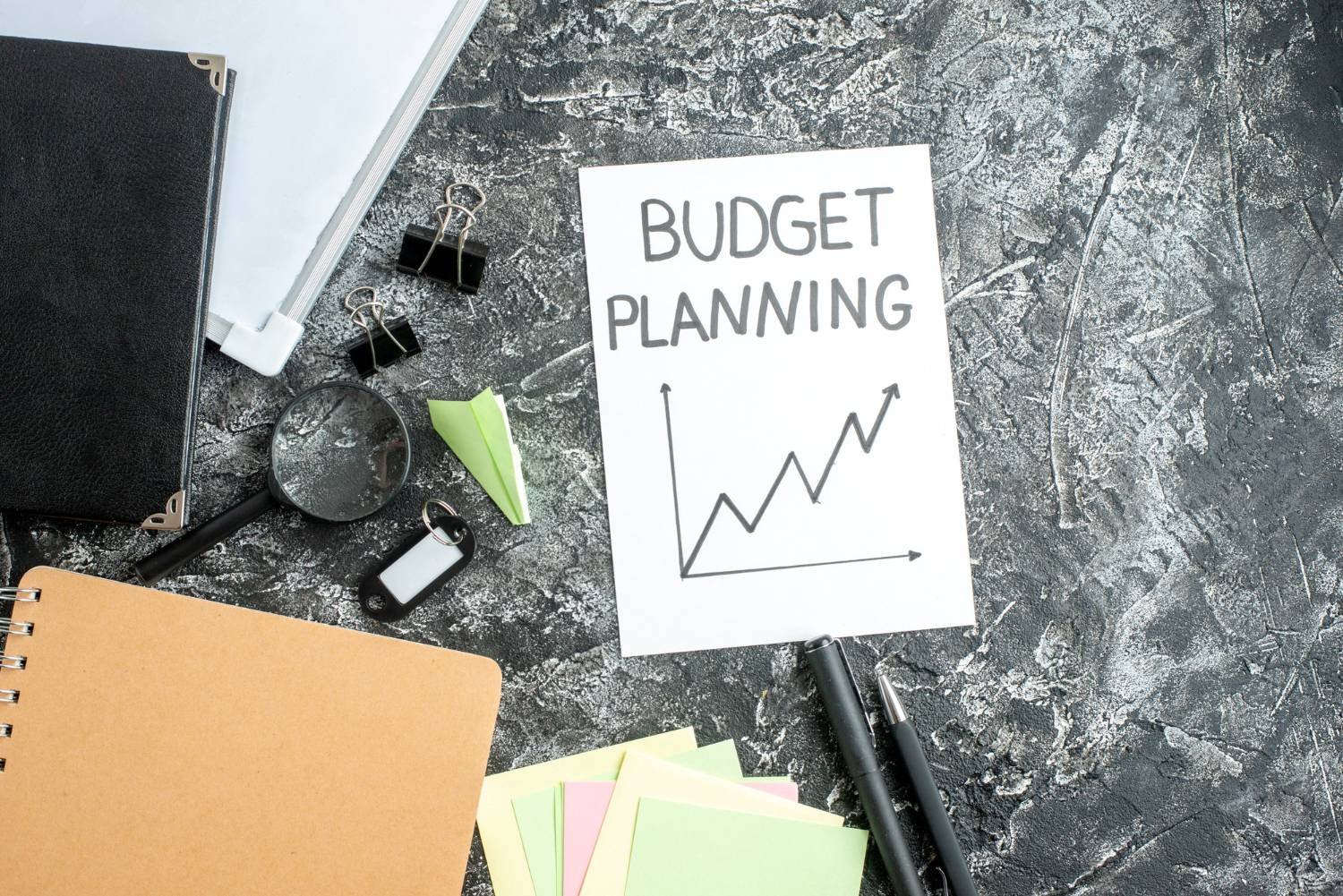Monthly report: why and how?

A monthly report on income and expenses is an important tool for analyzing the current state of affairs, planning future steps and optimizing the distribution of resources. In modern conditions, thorough accounting of cash flows allows not only to track the effectiveness of work, but also to identify hidden potentials to improve the organization or personal budget.
The main goals of the monthly report
Each report has its own key tasks that can be divided into several points:
- Analysis of income and expenses. The report helps to understand which budget items bring a positive result, and which require attention and optimization.
- Monitoring compliance with the plan. A comparison of the actual indicators with the planned allows you to timely adjust the strategy.
- Assessment of the effectiveness of activity. Regular maintenance of documentation allows you to detect hidden financial leaks and increase overall effectiveness.
- Adoption of reasonable decisions. On the basis of detailed information, you can make deliberate decisions on the distribution of resources and the placement of priorities.
- Planning the future. The report becomes the basis for the development of plans for future periods, allowing you to predict the development and determine the necessary measures to optimize.
Advantages of maintaining a monthly report
Regular preparation of the report gives a number of significant advantages:
- Systematic information. The data collection per month allows you to have a complete picture of income and expenses.
- Transparent actions. A clear reflection of all articles helps to avoid hidden errors and shortcomings, and also allows you to detect the wrong distribution of funds in time.
- Improving planning. An analysis of past periods contributes to a more accurate and realistic planning of future steps.
- Dynamics control. A comparison of past and current data helps to evaluate how successfully the tasks are being implemented.
Stages of drawing up a monthly report
The process of compiling a report can be conditionally divided into several consistent steps:
- Preparatory stage. Before the compilation of the document, it is necessary to collect all the data on the receipts and expenses over the past month. It is recommended to use a single format for recording information, whether it is tables in the spreadsheet or special accounting programs.
- Collection of source data. Collect all information: accounts, receipts, checks, reports on the work performed and other documents. Make sure that all data is relevant and are true. In the absence of information, it is recommended to clarify the data from the responsible persons.
- Group of articles. Divide the notes into categories: priority revenues, mandatory expenses, optional expenses and so on. Such a classification will help make a report that will be easy to analyze and compare with previous periods.
- Analysis of the results. For each group of articles, conduct a detailed analysis. Determine which articles demonstrate growth and which decrease. Analyze the possible causes of changes and determine what measures must be taken for optimization.
- Drawing up conclusions and recommendations. Based on the analysis, formulate recommendations for further actions. Prepare a plan for corrective measures that will improve the distribution of funds in the future.
How to structure a report correctly

A beautiful design of the document plays an important role in its perception and convenience of subsequent use. It is recommended to pay attention to the following points:
- A clear title. The title should clearly reflect the topic of the report and not be too long to immediately make the essence of the document.
- Structured text. Use subtitles, lists and discharge so that the reader can quickly find the information of interest to him.
- Graphic design. Information can be supplemented with diagrams or graphs. This will make it easier to see the dynamics of changes and evaluate the results clearly.
- Compact presentation. Avoid excessively long paragraphs, use a formatted list of key points and brief, but informative descriptions.
Practical advice
In order for the preparation of the report to bring maximum benefit and does not turn into a routine procedure, pay attention to the following recommendations:
- Regularity. Make a report in the same format every month. This will create a stable accounting system and accelerate the process of preparing a document.
- Automation. Use accounting software. Automated systems help minimize errors and significantly reduce the time of working with data.
- Analysis of the causes of deviations. When detecting inconsistencies or significant changes in the data, you should not dwell on the statement of the fact. Explore the causes and take appropriate measures to improve the situation.
- Updating accounting methods. Constantly improve your accounting system, adding new categories or analysis methods, if necessary. So you can adapt to changing conditions and always hold your hand on the pulse.
Conclusion
A monthly report is not just a formality, but an effective tool for monitoring and analyzing all areas of activity. It helps not only to see the current situation, but also to make reasonable decisions that will lead to an improvement in work. A systematic approach, a clear structure and regular data updating is a key to increasing efficiency, as well as the possibility of avoiding losses and inappropriate resource expenditure. Drawing up a report allows you to prepare for any changes and timely respond, which ultimately leads to stable development and growth.
Following the described stages and recommendations, you can create a quality document that will become a reliable assistant both in professional activities and in the management of the personal budget. Every month, analyzing the information received, you take a confident step towards a stable and successfully controlled future.


